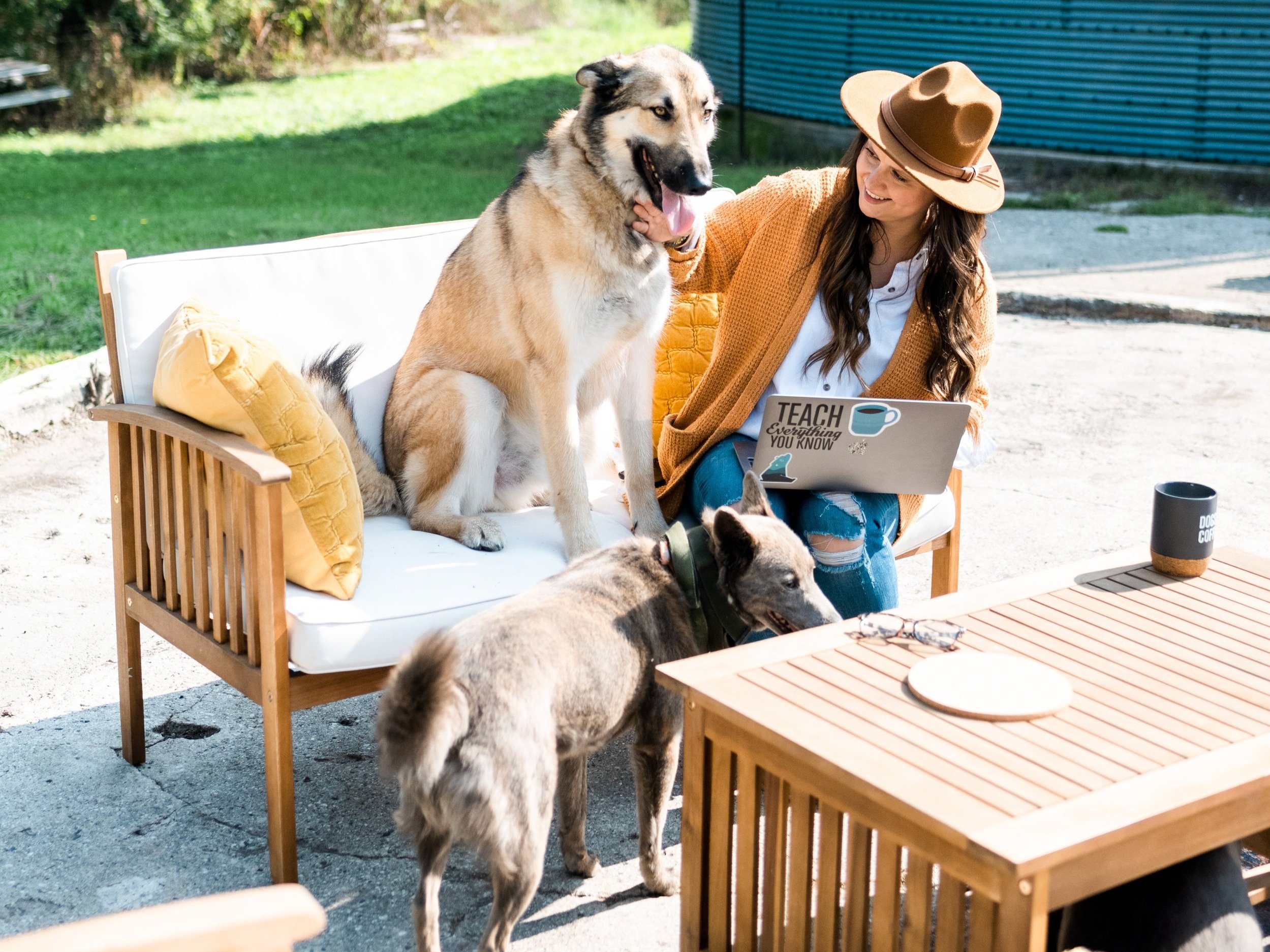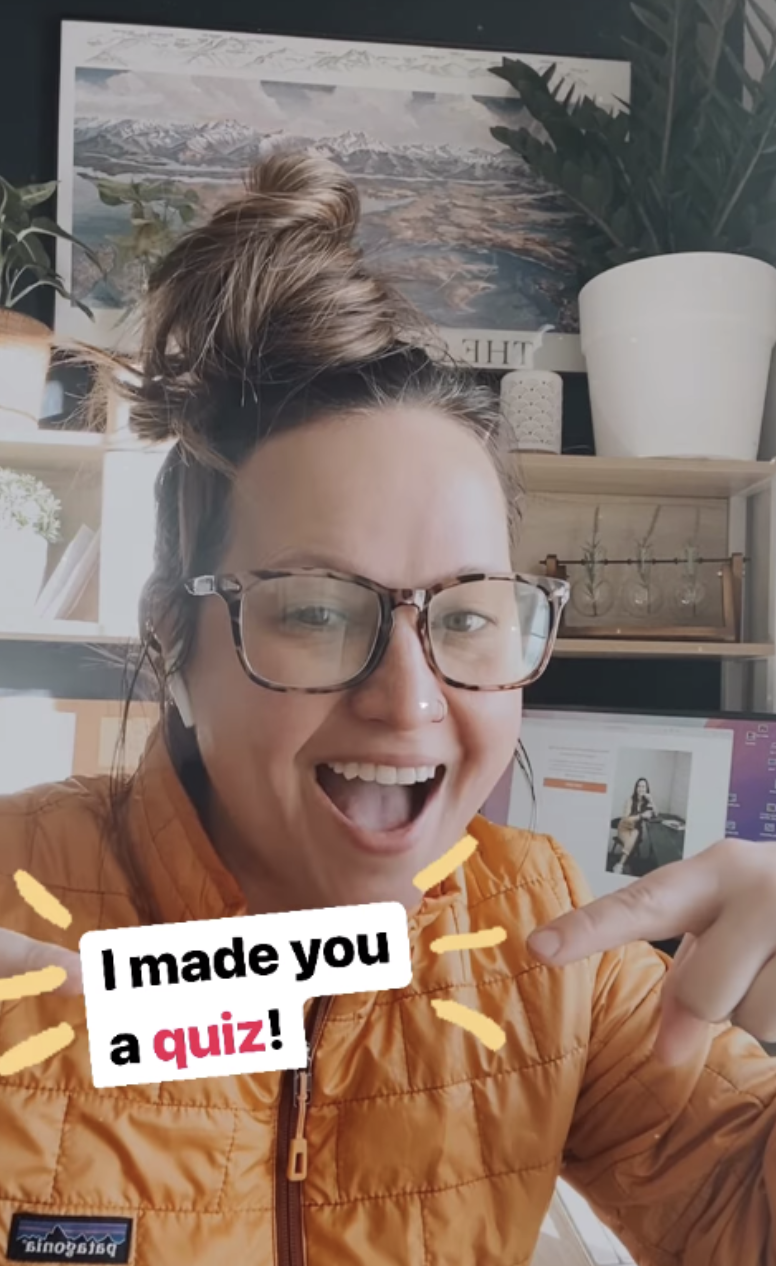Your stewardship roadmap: How to nurture donor relationships
Your stewardship roadmap: How to nurture donor relationships
For the first time in a long time, I am running a fundraising campaign for an organization. It’s a mission I absolutely love and believe in, so creating the campaign has been really exciting. There’s something so thrilling about fundraising.
Things have slowed down a bit since Giving Tuesday, and we’re about to ramp up our emails as we get into the final days of the year. All that being said, I have to constantly remind myself that asking isn’t the finish line; it’s the start or even the continuation of a relationship. Hopefully a really long one.
But it’s hard. I even have all my systems in place and still a crap ton of work. I’ve felt overwhelmed. Wondered if what I’m doing is enough. Wondering how I could do this better. And this was all before launch on Giving Tuesday.
Before we dive into stewardship, I want to acknowledge how hard you’re working, too.
Because, yes—this. is. hard.
Being an ED of a small shop brings a lot of challenges—and what I need you to do is to step back for a minute and be kind to yourself. I’m serious!
We are not talking about stewardship today to make you feel guilty about that one major donor you haven’t talked to since February or that you’re still catching up on thanks from Giving Tuesday. This isn’t a shame fest.
Today, I want you to walk away with just ONE THING you can do this week. If that’s downloading our stewardship roadmap, then that’s enough for now.
Stewardship is essential to creating a sustainable impact. But why is it so hard to do?
Common challenges of donor stewardship
When it comes to stewardship, there are a few common challenges I see small shop EDs experience:
1 ➜ You’re not sure where to start
Every time you try to knock an item off of your to-do list, you feel stuck. The list of people you’ve been meaning to call keeps getting longer and longer, and you’re not even sure where to begin.
What happens then?
You move to the easiest fire to put out. You respond to an email from a Board member and Oh shoot! Now it’s time to head into a meeting so you’ll have to work on stewardship next week.
There’s a lot of friction to starting with stewardship, especially when everything else feels like more of a priority.
2 ➜ You’re stuck in the shame spiral
When that to-do list item moves from sitting on the back burner to being folded away in a drawer somewhere—you do everything you can to keep that drawer shut.
When you push stewardship off—again and again—it gets to the point where you start avoiding it altogether. If you go into your CRM and see that the last time you reached out to Sally Stevens was in February, and it’s December now, you can’t bring yourself to ask how Sally is doing. (Even though, unbeknownst to you, she’d totally love to hear from you!)
3 ➜ You don’t give yourself time
Everyone else’s priorities become your priorities. The things “you keep meaning to do” swirl around in your mind but never get done — because you’re exhausted from meeting after meeting and reacting to emails all day.
4 ➜ You don’t have the right systems in place
Workflows feel like a distant pipedream (that you’ll get around to creating “when things slow down”).
Bringing on new tech feels intimidating. Even though your current CRM wastes 5 hours of your time every week.
You don’t have the time to make a to-do list, let alone update systems.
How do you make stewardship easier?
Some tough love for a minute here. Avoiding communication doesn't bring you any closer to creating connections.
I’ll let you in on a little secret: you can’t wait for the perfect conditions to work on stewardship. You just need to start.
Stewardship doesn’t have to be this big thing we avoid until it’s perfect. It can be as simple as a two-sentence email checking in with someone. Because stewardship is relationship-building.
Creating meaningful, lasting connections with the REAL LIFE PEOPLE who care about your cause. Not only that - but they’re the ones who make your impact possible. So, OF COURSE, we want to make sure they’re getting cared for.
So how do you do that? How can we make this whole thing easy?
The answer: a stewardship roadmap.
A stewardship roadmap is an outline of touchpoints to help you connect with your donors consistently over time.
Instead of letting all those touchpoints swirl around in your head, a stewardship roadmap puts the plan to paper.
So that includes the first thank you receipt, thank you message, welcome email, all the way to an impact update, and more. Your roadmap includes who gets a handwritten note, who gets a call from whom, when to reach out for a second gift…you name it.
7 reasons why you need a stewardship roadmap
1 ➜ retain your donors
Your stewardship roadmap helps you make relationship-building a priority.
We already know that a thanked donor is a repeat donor. Stewardship takes it a step further. It’s all about building relationships and communicating with your biggest fans regularly. So you’re not always asking; you’re making meaningful connections and improving retention at the same time.
2 ➜ know who you’re talking to (and when)
Your roadmap keeps your stewardship on track.
With a roadmap, you’ll know who gets what and when. Instead of wondering “when’s the next time I need to reach out to donors” —or constantly feeling like you’re not doing enough — you’ll have a schedule and a cadence to follow.
3 ➜ know your strategy
No need to cross your fingers every time an email goes out, hoping that it’ll be “enough” to keep people connected. With a roadmap, you’ll know you’re making the right moves to retain your donors over time.
Besides, without a plan, how will you know you’re headed in the right direction?
Having a clear roadmap helps you stay strategic. You’ll have a real plan, rather than making it up as you go along.
4 ➜ show genuine appreciation
Your roadmap puts a structure to your thank you note process. Without a structure, you get around to it when you get around to it (which often ends up being eight months later…). But when you have a plan in place, you know that on the second Tuesday of every month you send personal thank you notes out.
Wanna know why you feel so icky asking for more donations? You probably didn’t properly thank people in the first place.
➡️ ➡️ side note - If you’re behind on thank yous, here’s a quick tip:
Create a free account on the video recording software Loom, record a selfie video of you saying how much their generosity means, and share it. Don’t overthink it.
People appreciate raw and vulnerable.
The Reels that get a ton of traction on my account aren’t the super polished and perfected ones, but the real and raw ones. We’re talking… dirty glasses and messy hair, raw.
In a world of filters, you’d be surprised how much it means to people to see something REAL and honest.
Show your genuine appreciation. The best part is, if you keep it generic enough, you can thank a bunch of people at once. You’re welcome.
Now that you have a video, you can add it to your donor roadmap, so new donors get a video after X number of weeks following their first gift.
Bottom line: Don’t reinvent the coffee mug.
Why mess with a good thing?
I want you to start stewarding your donors, like, yesterday. (My guess is that you wanted to start stewarding your donors, like, yesterday too).
Don’t waste another minute trying to create a system already tried and tested.
Download your 100-day roadmap. RIGHT NOW. With this resource, you no longer have to feel lost. Steward your donors with clarity and confidence.
Until next time, friends!




